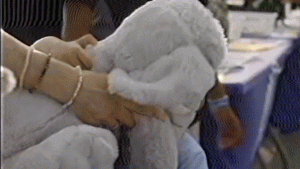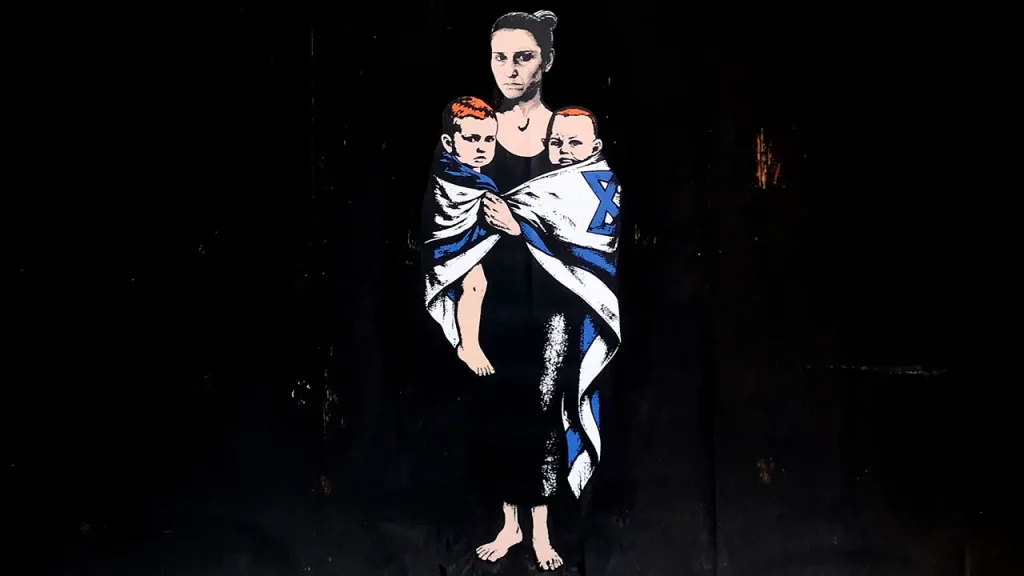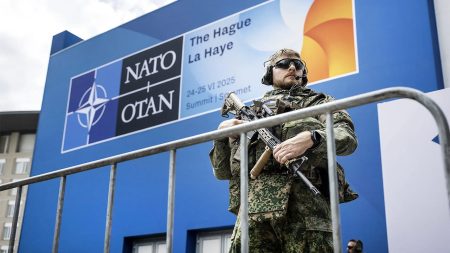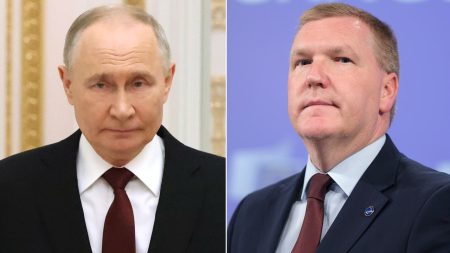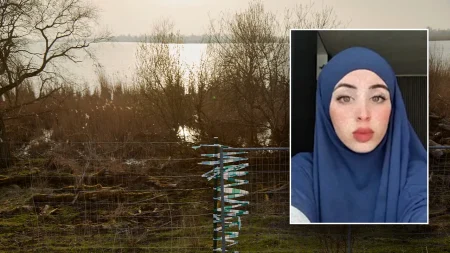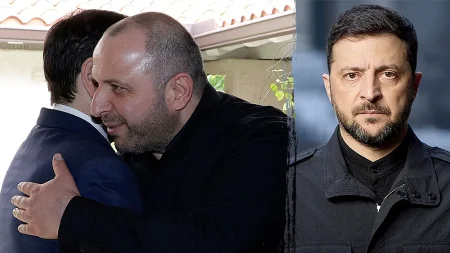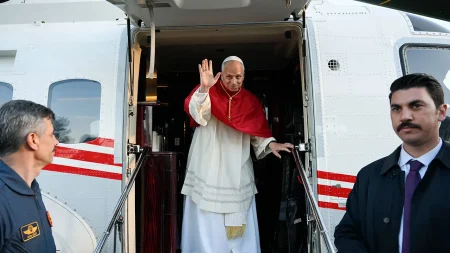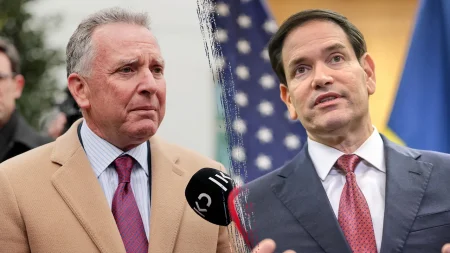A Mother and Her Sons: The Defacement of Memory in Milan
In early October 2024, during a memorial service commemorating the first anniversary of the Hamas attacks, a poignant mural honoring Shiri Bibas and her two young sons—Ariel, 4, and Kfir, just 10 months old—was defaced in Milan, Italy. The family had been kidnapped by Hamas terrorists and later killed in captivity, their story becoming one of the most heart-wrenching symbols of the October 7, 2023, attacks. The mural, created by contemporary pop artist and activist AleXsandro Palombo, stood outside the Qatari consulate in Milan as a visual reminder of their tragic fate. Palombo, known for creating thought-provoking installations that challenge viewers to confront difficult realities, had crafted this piece as a memorial, not expecting it would itself become a battleground for competing narratives about suffering and memory.
The vandalism was not random graffiti but a calculated act—Shiri’s face was deliberately covered with a modified version of street artist iHeart’s viral image depicting a boy crying over Instagram likes, with the addition of a red bullseye on the boy’s forehead and the words “No War” beneath. Palombo condemned this act not merely as protest but as “a serious desecration,” explaining that “this is not a dialogue between works of art, but a deliberate act of erasure.” The artist sees something more insidious in this defacement than political disagreement—he views it as an attempt to strip away specific human suffering and replace it with generic, easily manipulated imagery. “It is a way of stripping suffering of its significance,” Palombo told Fox News Digital, “turning it into an ideological mask.” The artist, though not Jewish himself, has faced daily antisemitic insults and even death threats over the past three years for his work highlighting Jewish suffering.
The defacement in Milan reflects broader currents in European discourse around the Israel-Hamas conflict, where commemoration of Jewish victims has become increasingly contentious. Palombo believes the vandalism represents a form of antisemitism disguised as activism, “exploiting aesthetics to channel a form of cultural radicalization.” He observes that antisemitism today “doesn’t march, it seeps in. It disguises itself as debate, appropriates shared languages, infiltrates art to silence other voices.” This subtle transformation of hatred into seemingly legitimate discourse particularly troubles Palombo, who sees Milan—historically a city of “openness, democracy and civic awareness”—increasingly influenced by fundamentalist ideologies that reject pluralistic values. The lack of public outcry over the defacement of a memorial to murdered children and their mother strikes him as “the symptom of a sick society and a sign of political and cultural weakness.”
This incident is not isolated—it follows a pattern of vandalism targeting Palombo’s other works that highlight Jewish suffering and Holocaust memory. His murals dedicated to Nova Festival survivor Vlada Patapov and Holocaust survivors Sami Modiano, Liliana Segre, and Edith Bruck have all been damaged or defaced. Palombo connects these acts to what he sees as a troubling shift among some on the political left who have “ended up legitimizing extremist pro-Palestinian factions that don’t speak of peace, but of hatred.” He argues these groups “don’t defend the rights of Palestinians, they exploit them, effectively promoting the propaganda of Hamas’s throat-cutters.” This perspective frames the defacement as part of a larger cultural battle over which narratives of suffering deserve public recognition and memory.
For Palombo, these acts of vandalism have not deterred his artistic mission but instead reinforced his commitment to using public art as a form of testimony and resistance. “My art is not decoration, it is testimony,” he declared, adding that “anyone who thinks they can erase it with a spray can or a threat has already lost.” The artist views the risks associated with creating such public memorials as “part of the battlefield of memory,” suggesting that the very act of creating these images in public space constitutes “an act of visual resistance.” Rather than seeing the defacement as a setback, Palombo interprets it as confirmation of his work’s importance: “And if someone defaces it, they don’t weaken it: they make it even more necessary.”
The story of the Bibas family mural speaks to the contentious nature of public memory in an era of polarized discourse about the Israel-Palestine conflict. At its heart, this is a story about a mother and her two young sons—Shiri, Ariel, and baby Kfir—whose lives were brutally cut short, and whose memory now exists in a contested space where even grief becomes political. The defacement of their memorial reveals how the boundary between legitimate political expression and the erasure of human tragedy has become dangerously blurred. As society struggles to find common ground in honoring victims of violence regardless of their identity, Palombo’s determination to continue creating these memorials despite threats and vandalism stands as a testament to art’s enduring power to bear witness, even when that witness is unwelcome.

